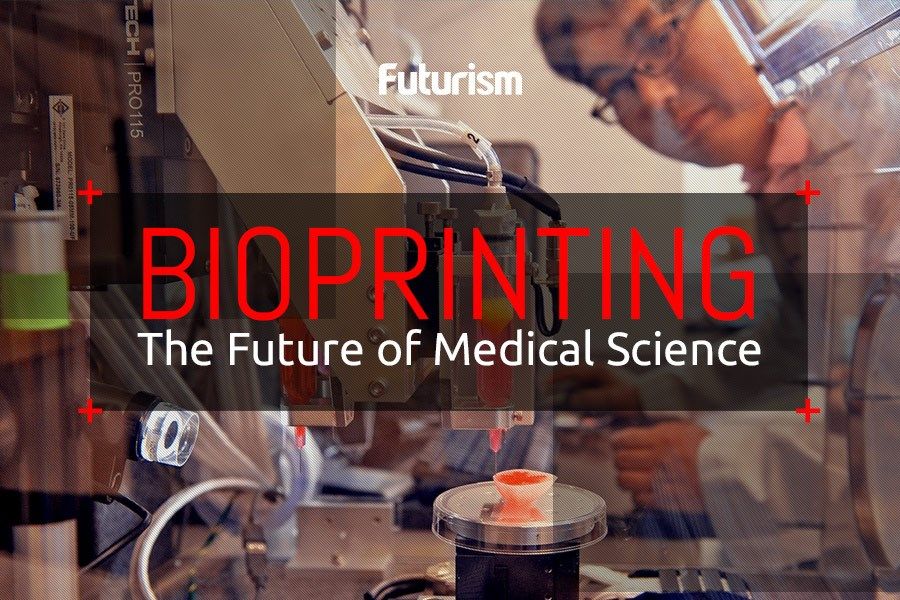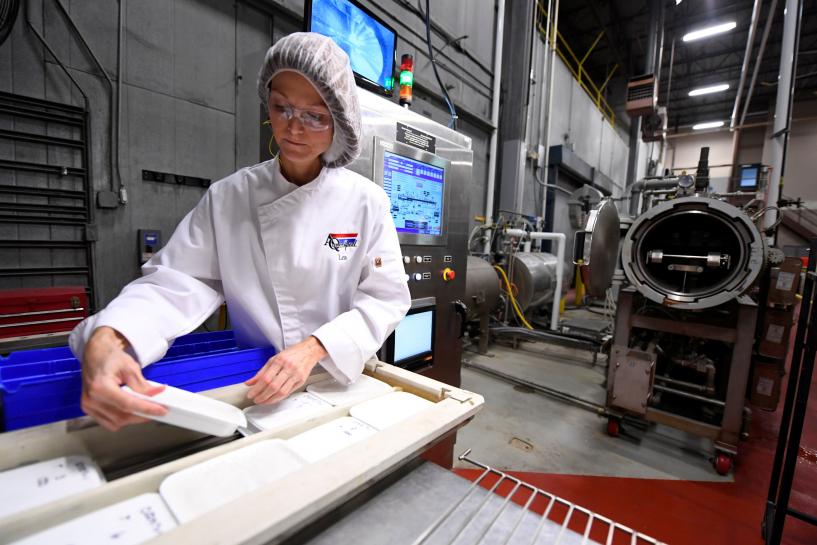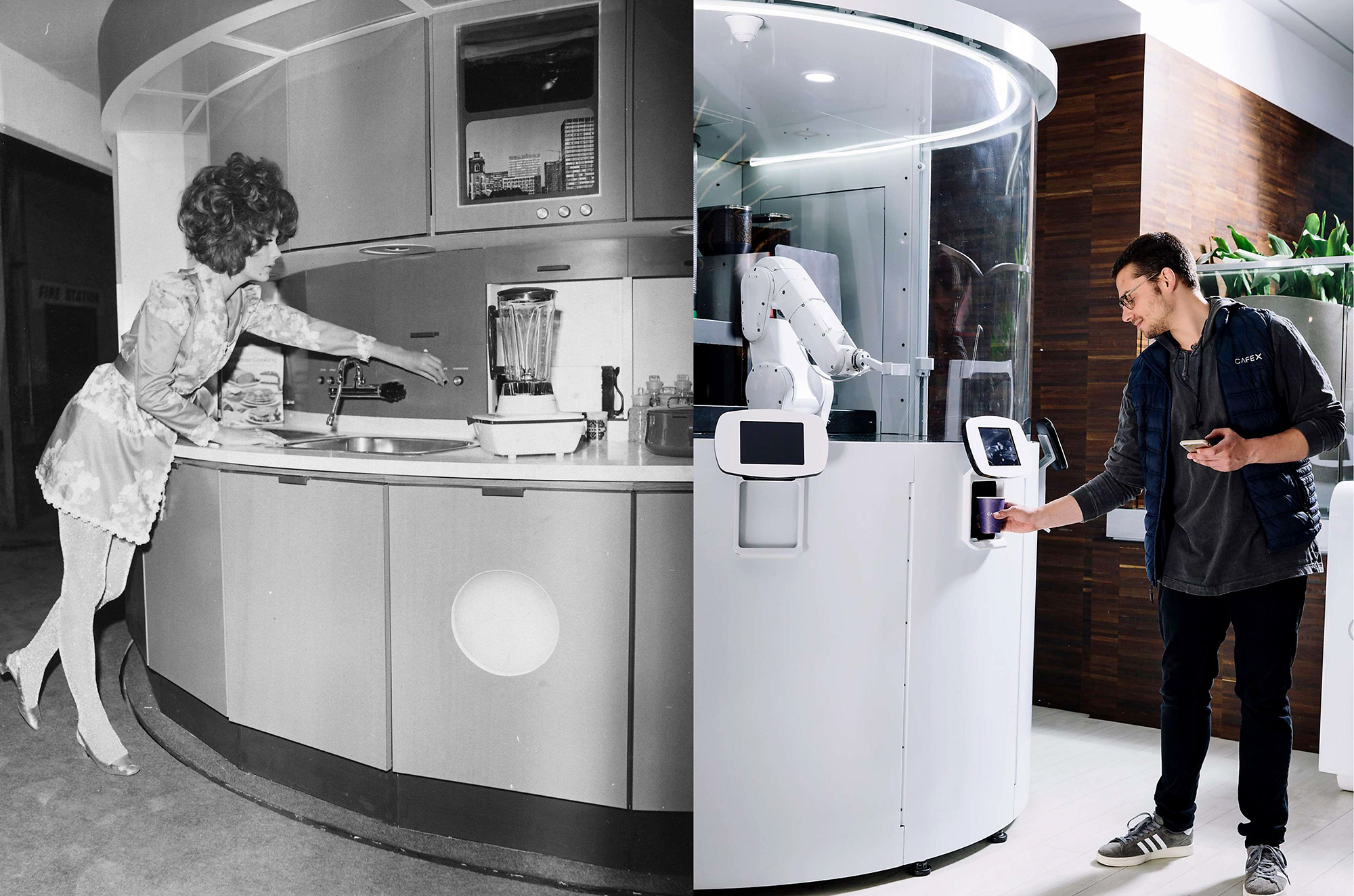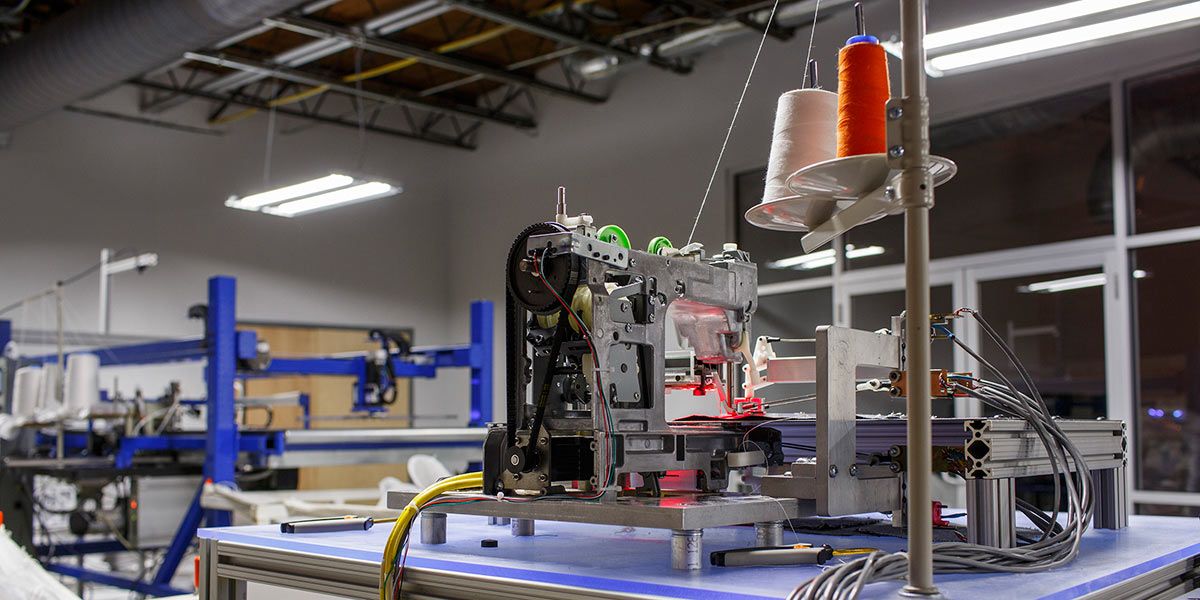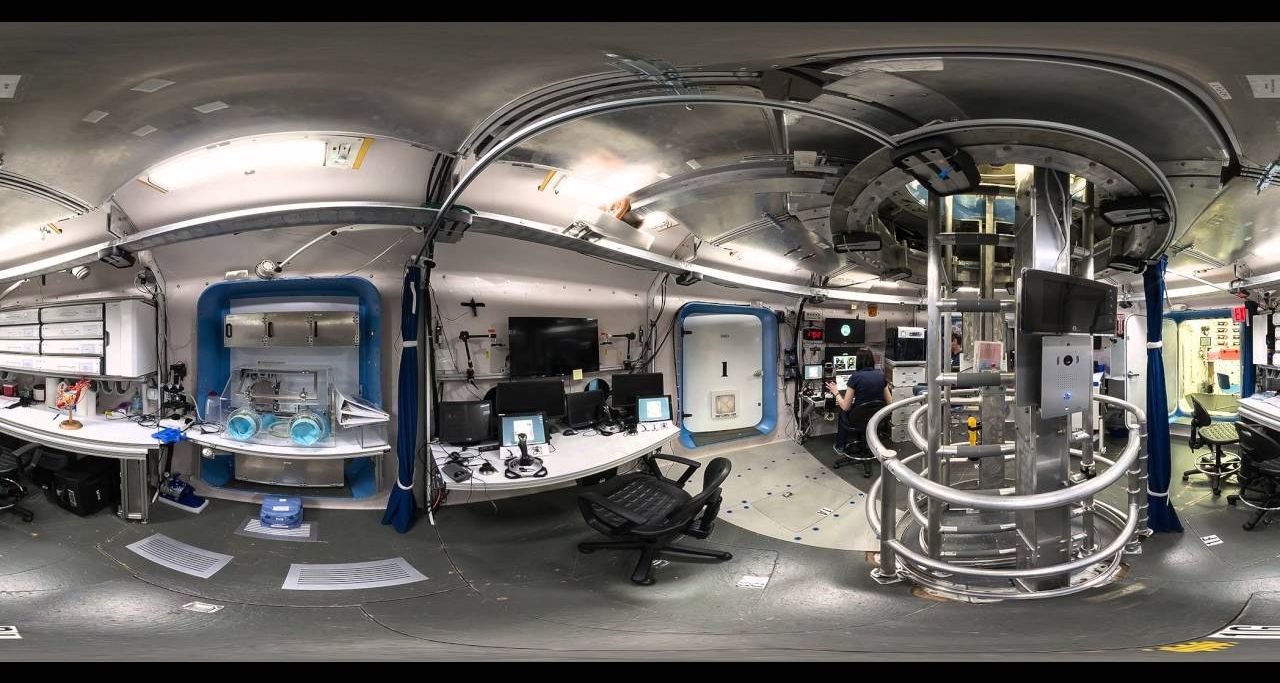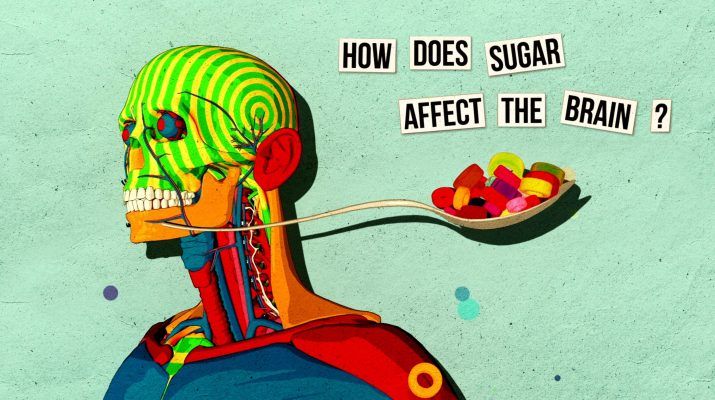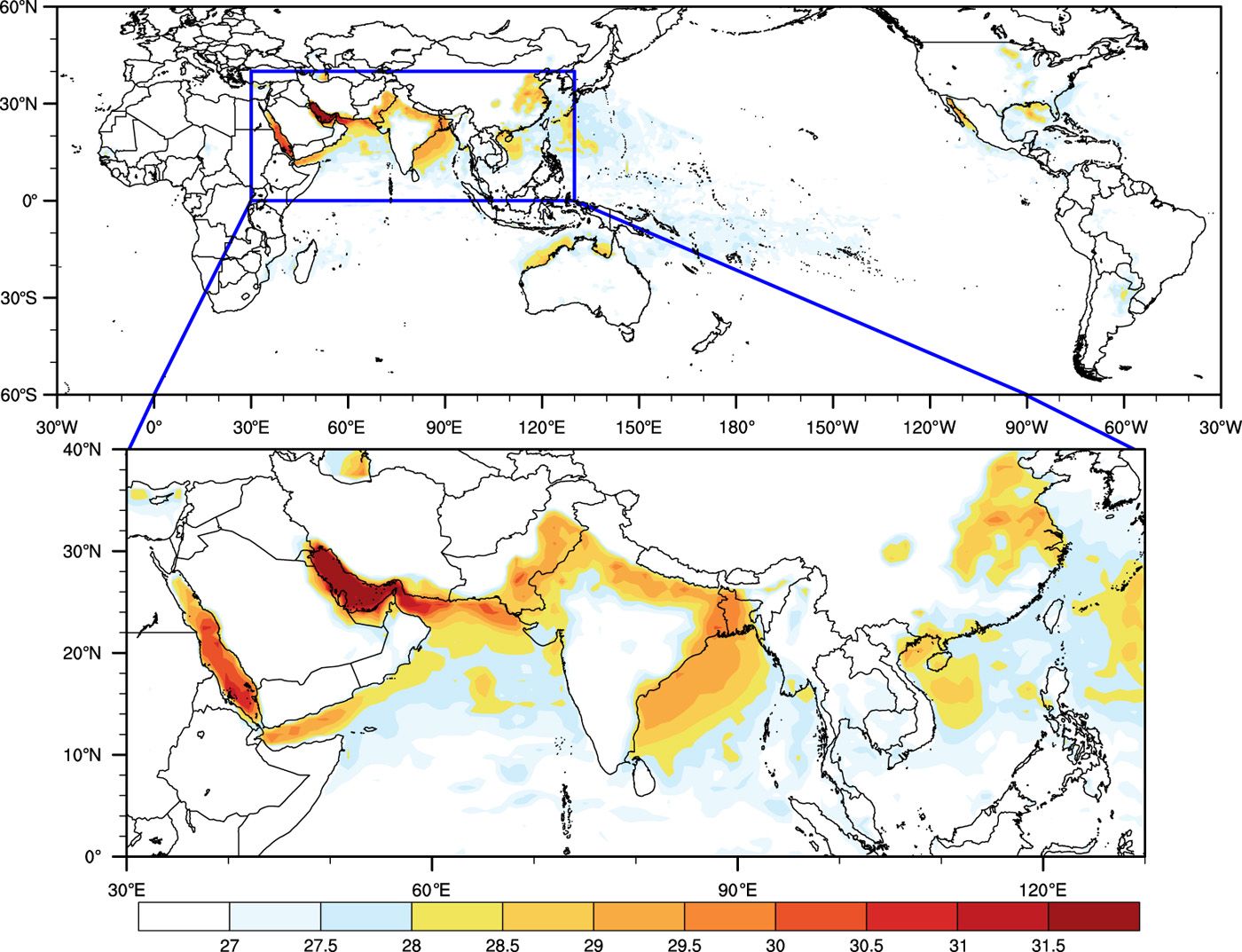https://youtube.com/watch?v=-5jcq3RlxJQ
Cell by Cell
3D-printing technology has made significant strides over the past several years. What started as a tool for producing small objects can now be used to craft food, build houses, and even construct “space fabric.”
One of the tech’s most impressive applications, however, is the creation of artificial tissues and organs, a process known as 3D bioprinting, and now, a team of researchers from the University of Oxford has developed a new method that takes 3D bioprinting to the next level. They published their work in the journal Nature Communications.
